As a result of its growing list of property developments Brisbane for decades was facing an ever-present challenge, and as its population continued to increase, this challenge continued to grow more prevalent.
Traffic and congestion
Brisbane was growing and with its increasing population ultimately the number of cars on the road multiplied greatly. Trips to and through the city were only possible if planned hours in advance.
During the continuous crusade against heavy road congestion, it seemed one of the key approaches was to look underground. Major tunnels, the likes of which had never been seen in (or under) Brisbane, were constructed to alleviate the growing number of vehicles that were coming to a standstill above ground.
Billions of dollars have gone into Brisbane’s tunnel systems and now tens of thousands of vehicles use them every day. The tunnel routes have steadily become a more relied-upon network of roads that provide direct access for drivers to some of Brisbane’s key facilities and newest developments.
Here are some examples of Brisbane’s underground highway.
Clem Jones Tunnel (Clem 7)
The Clem Jones Tunnel (Clem 7) was delivered as a ‘public private partnership', beginning in 2006 and reaching completion in 2010.
The tunnel consists of 308,000 tonnes of concrete tiles, 192 kilometres of electrical cable, 120 jet fans, 166 emergency phones and about 2,000 lights.
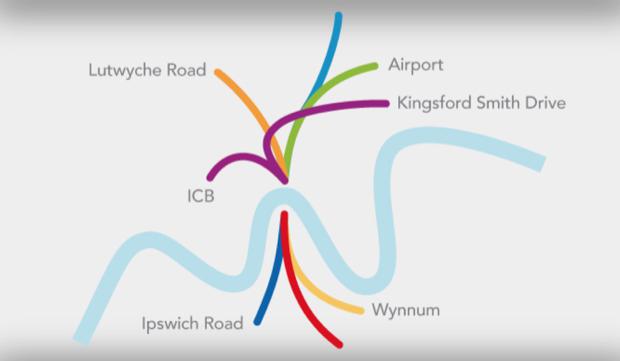
Its total length is about 6.8 kilometres and connects to major roads including:
Airportlink M7 tunnel
Lutwyche Road, Bowen Hills
Inner City Bypass, Bowen Hills
Pacific Motorway, Woolloongabba
Ipswich Road, Woolloongabba
Shafston Avenue, Kangaroo Point
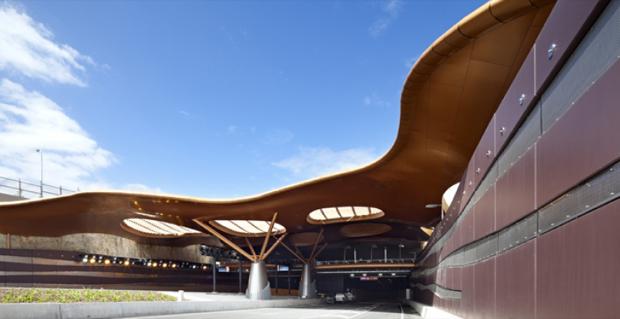
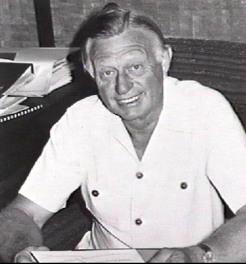
In the 1960's he paved dirt roads and created new ones, helped to sewer previously unsewered suburbs and developed city gardens, sporting fields and swimming pools.
Not all smooth sailing for the Clem…
In its early days, the Clem 7 struggled to find the mass patronage from commuters that the Government expected. Some drivers found the tunnel’s exits hard to navigate while also finding problems with merging. Others objected to what was considered an extremely high toll charge.
Meanwhile, at an administration level, Brisbane officials in charge of the project were blamed for incorrectly projecting the growth of cars on the road, and building the tunnel on a Sydney or Melbourne model rather than thinking of what Brisbane drivers wanted.
Rivercity Motorway Group, the group who built the Clem 7, spent billions on the project and were barely receiving a return on investment. In 2010, they went into receivership and the deed to the Clem 7 went to Queensland Motorways, who will now retain the right to toll the CLEM7 for a 38-year concession period before handing over the reins to Brisbane City Council.
Despite the drawbacks, the Clem 7 soon settled into a rhythm in Brisbane, and now some of Brisbane's major destinations are easily accessible via this tunnel, like the Brisbane Airport, major shopping centres, The Royal Brisbane Hospital, and the RNA Showgrounds.
For non-users, the Clem7 boasts to have removed significant traffic from existing city roads, which, apparently, has in turn improved air quality in the city.
Brisbane Airport Link Tunnel
The AirportlinkM7 is a 6.7 kilometre road and tunnel system that connects the Clem 7 and Legacy Way tunnels (via the Inner City Bypass) to the Brisbane Airport and Australia TradeCoast precinct. The tunnel also connects to the northern arterials of Gympie and Stafford Roads.
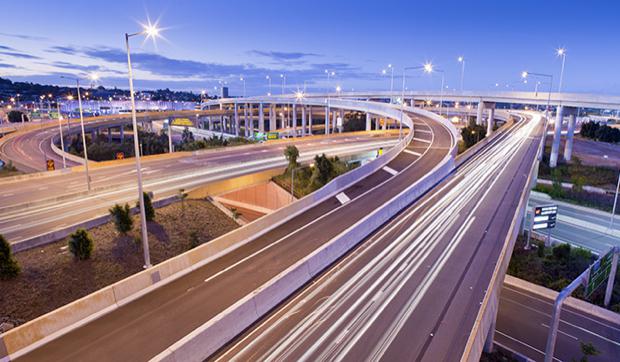
According to Go Via, using the AirportlinkM7 allows commuters to avoid up to 14 sets of traffic lights and reduce travel time by up to 88%.
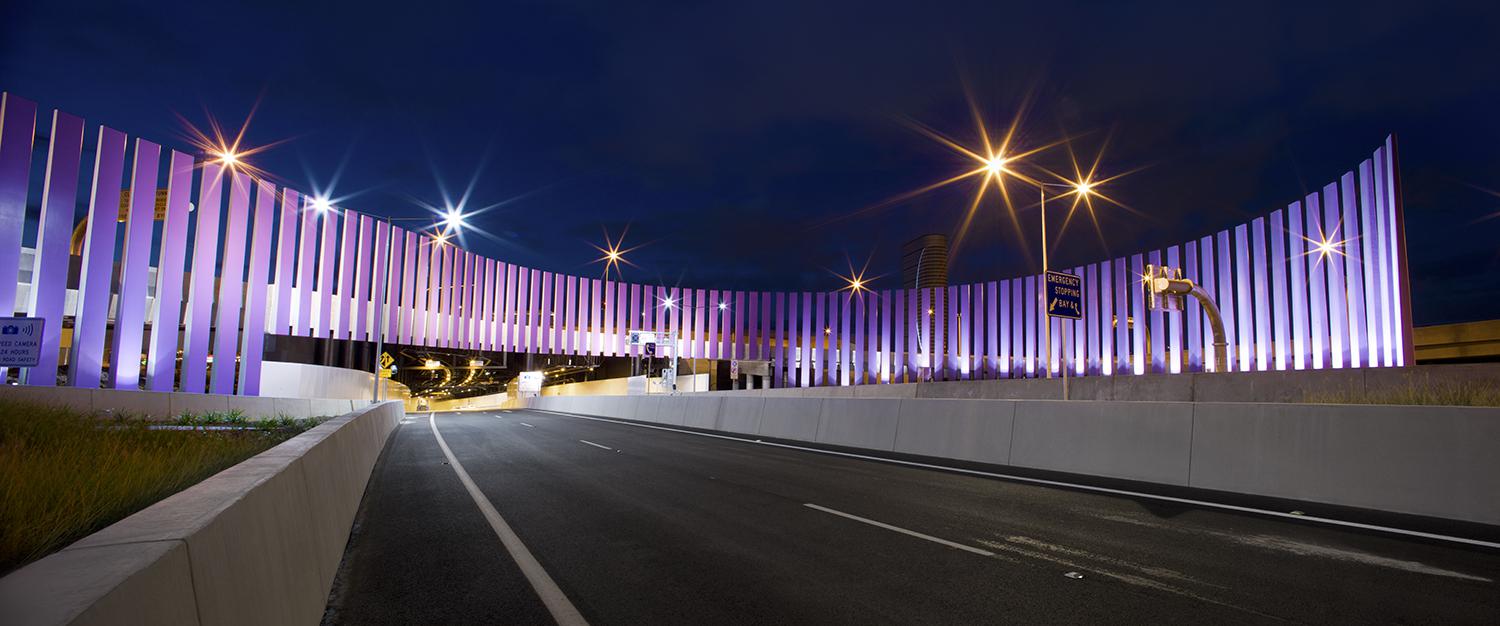
AirportlinkM7 boasts the most up-to-date traffic technology in Australia, which is used at each entrance at Bowen Hills, Kedron and Toombul. Such technology includes a ‘real time’ travel sign showing the exact number of minutes it will take a driver and their vehicle to make it through the tunnel.
Legacy Way
Legacy Way is a 4.6 kilometre tunnel that connects the Western Freeway at Toowong with the Inner City Bypass (ICB) at Kelvin Grove. Designed and constructed by Transcity, an integrated team comprising of companies BMD Constructions, Ghella and Acciona, Legacy Way began in 2011 and was opened to traffic in 2015.
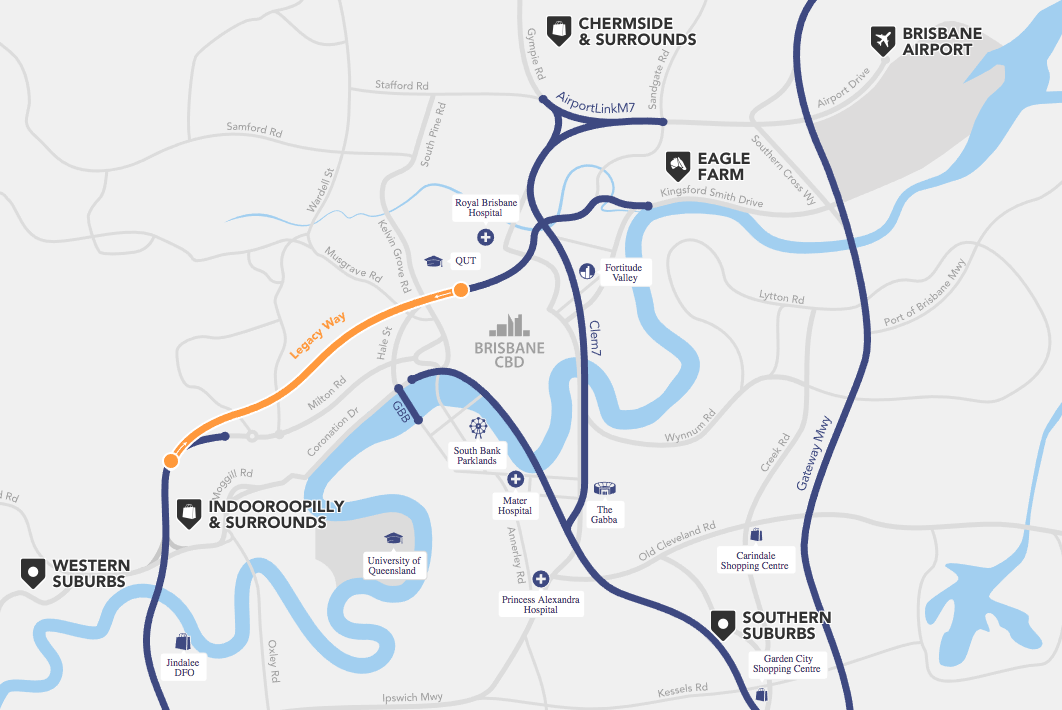
It’s biggest selling point is how it provides motorists with a four-minute journey – at 80 kilometres per hour - between the Western Freeway and the ICB, and aims to reduce traffic congestion on alternative routes such as Milton Road and Coronation Drive. Using Legacy Way also allows motorists to avoid seven sets of traffic lights and other possible delays such as major roundabouts and school zones.
The tunnel consists of two separate parallel road tunnels, each with two lanes of traffic, a ventilation system to manage air quality and safety systems like emergency exits and fire protection and monitoring systems.
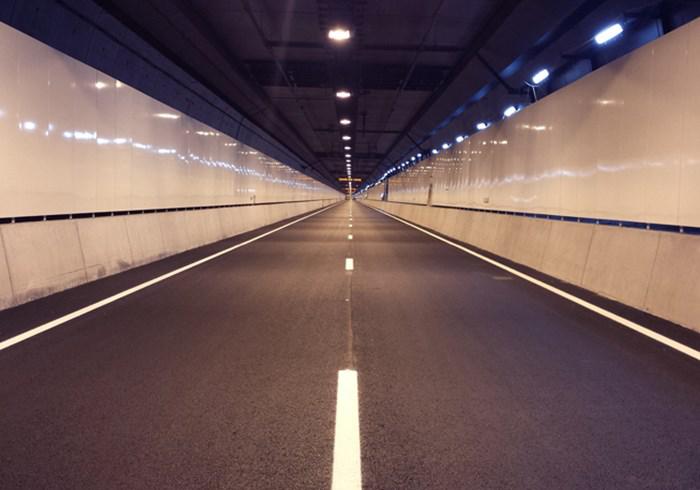
Thanks to a Federal Government commitment of $500 million, Legacy Way became Brisbane City Council’s latest non property development built to enhance the sustainability of the area.
Supporting the ‘Legacy’
Legacy Way was named in honour of the men and women who have served in the Australian Defence Force and the families they left behind. Its name refers to the ‘Legacy’ charity, an organisation run by volunteers since 1923 that provides services to Australian families suffering financially or socially during or after defence force service.
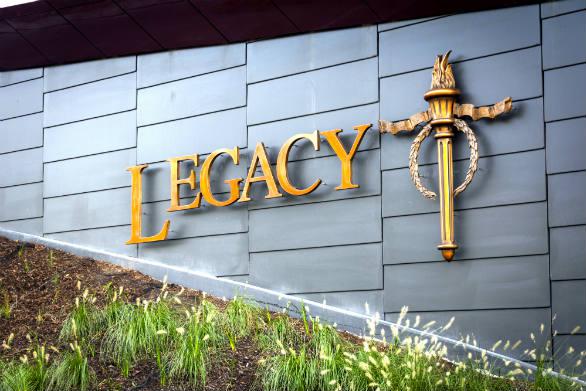
One cent for every toll collected from vehicles entering Legacy way is donated to the charity.
TransApex
Legacy Way, as well as the Clem 7 and the Airport Link Tunnel is part of the TransApex plan, Council’s long term plan to relieve congestion on Brisbane’s arterial roads and improve cross-city connectivity. Council hopes to see more than 120,000 vehicle movements removed from Brisbane’s surface roads each day, and to achieve that goal they have worked to deliver $10 billion in infrastructure projects over the past ten years.